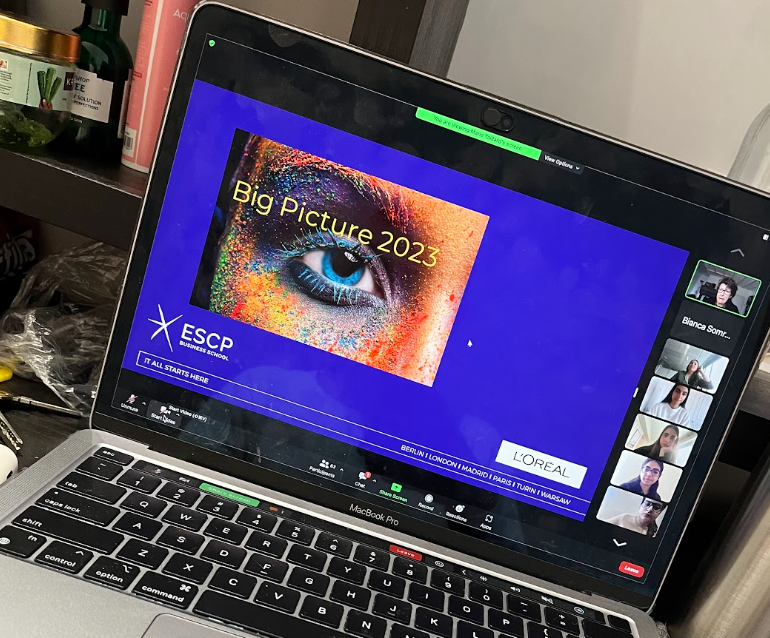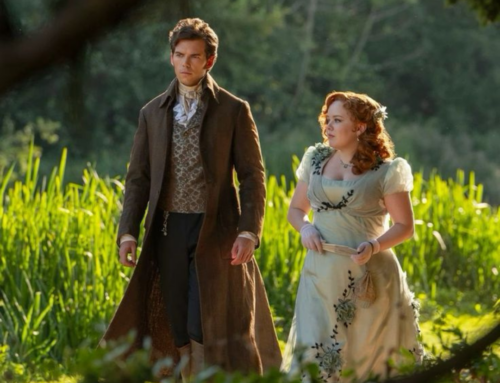What makes a great story?

A great story isn’t just about having the right words. In this year’s L’Oréal Big Picture project, 56 participants across 24 nationalities and three Master’s programmes (MMK, MDT, and MiM) were put to the test by having to come up with a campaign to attract the Gen Z market for one of L’Oréal’s luxury brands.
While further details of the brief can’t be disclosed, some members of this year’s winning group composed of Alice Jornalo, Smiti Nandi, Camilla Parenti, Blanca Vega, and Yichun Zhu share not-so-secret secrets on their creative process for crafting a winning story that sells.
For Blanca, telling a great story means brands have to connect with their audience far beyond just the product and “find the thread that brings out emotions and experiences their target market can relate to.” And indeed, that was a factor this group experimented with – they used nostalgia and went for the not-at-all obvious answer to reach their intended audience. While coaches and judges commented that the concept didn’t make sense at first, the group told their story in a way that made perfect sense: it tugged at heartstrings without overselling the brand.
While market research is an obvious step in any brand’s storytelling process, one of the most important things to consider is putting oneself in the shoes of the customer. Instead of thinking “why would customers want to buy my products?”, reframe the thought to “why would I, as a customer, want to buy my brand’s products?”
So, after Alexandre Medan, one of the mentors, asked the group why they would buy luxury products, Camilla said “my grandma taught me that luxury is a synonym of quality.” That’s how it clicked – their story creation flowed from there.
Taking it a step further, the group was determined to challenge industry norms. They studied emerging trends, such as the rise of influencer marketing, and saw the opportunity to go with an unconventional icon. “We recognised the generation gap in the beauty industry as Gen Z’s value authenticity and inclusivity. We wanted to break stereotypes and redefine beauty standards by going the less obvious route,” adds Alice.
On the creative process, the group shares that it involved a whole lot of late night brainstorming sessions, challenging each other’s ideas, and of course, lots of research. Once they had those foundations laid out, they incorporated their insights and findings into a cohesive narrative that played on reality and emotions.
When asked for tips for creating an effective and impactful story, Alice points out that in today’s fast-paced world, “delivering a clear, concise, and compelling message is key.” For Camilla, it’s all about relatability and bringing out emotions and authenticity; to which Blanca adds that “the emotional thread is something that needs boldness that transcends brands.”





